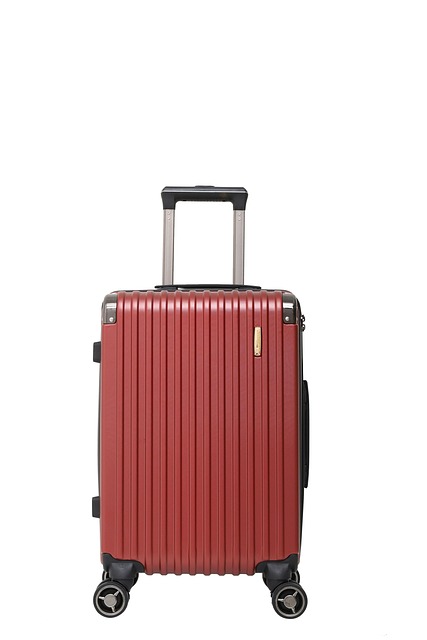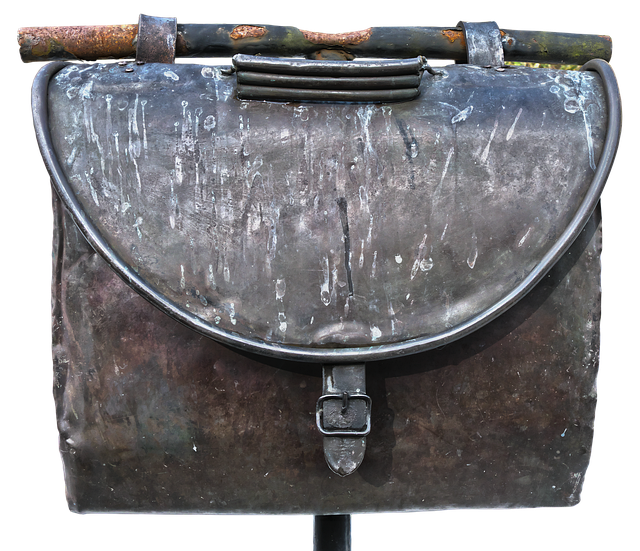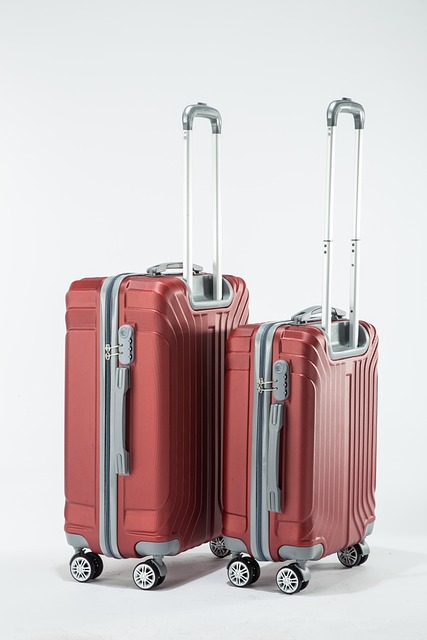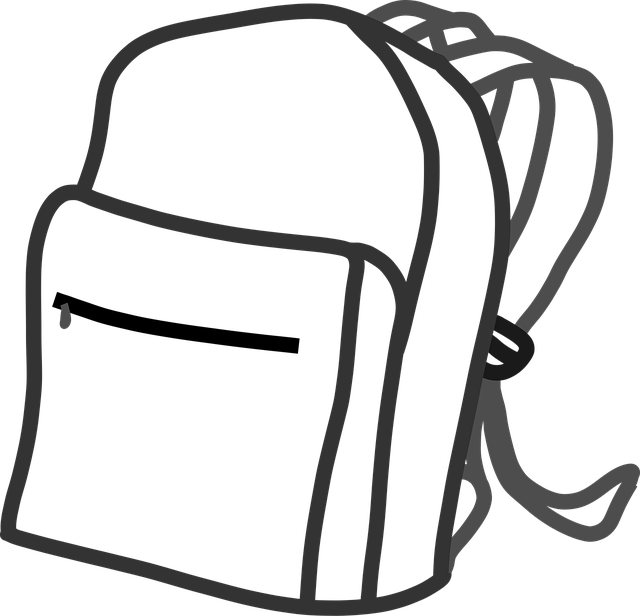Customize Your Survival: Latest Bug-Out Bag Gear Trends

Creating a survival backpack involves balancing durability and weight with smart material choices li…….
Where We Stay Focused On Facts

Creating a survival backpack involves balancing durability and weight with smart material choices li…….

In uncertain times, preparing bug-out bags for a 5-person household is crucial for safety. These kit…….
Seniors should prepare bug-out bags with prescription meds, medical aids, and personal care items ta…….

A well-equipped bug-out bag with versatile, lightweight items is crucial for wilderness survival and…….

Students creating budget bug-out bags should focus on versatile, essential items like multi-tools, p…….
Weatherproof pet ID tags are crucial for emergency evacuations. Choose durable materials, bright col…….

Gathering essential survival skills is key for a well-prepared bug-out bag. Learn to forage, purify…….

Compact survival kits with top multi-tools are vital for outdoor emergencies and urban situations. T…….

In extreme weather, bug-out bags are vital for survival, containing essential items like water purif…….

In an unpredictable world, preparing with a well-equipped bug-out bag is essential. Focus on compact…….